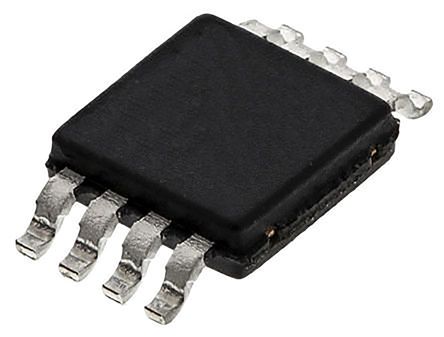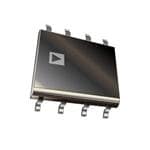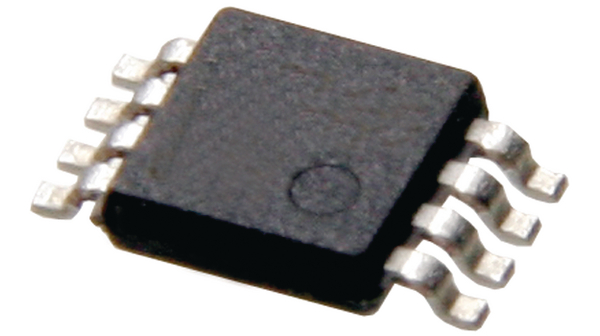AD8237ARMZ
Precision instrumentation amplifiers with rail-to-rail I/O in compact MSOP packages
Manufacturer: analog-devices
series introduction
# AD8237ARMZ Product Series Introduction
## 1. Overview
The AD8237ARMZ is a cutting - edge product series developed by Analog Devices, a renowned leader in the semiconductor industry. This series is specifically designed to meet the diverse and demanding requirements of modern electronic systems, offering high - performance signal processing capabilities in a compact and efficient package.
## 2. Key Features
### High - Precision Signal Amplification
The AD8237ARMZ is equipped with a high - precision amplifier circuit. It can accurately amplify weak input signals with a very low noise floor. This is crucial in applications where small signals need to be detected and processed, such as in medical sensors, environmental monitoring devices, and industrial measurement systems. The amplifier has a high gain accuracy, ensuring that the amplified signals closely represent the original input, minimizing errors in subsequent signal processing steps.
### Low Power Consumption
In today's energy - conscious world, power efficiency is of utmost importance. The AD8237ARMZ series is designed with low - power operation in mind. It consumes minimal power while still maintaining high performance. This makes it an ideal choice for battery - powered devices, such as portable medical monitors, wireless sensor nodes, and wearable electronics. By reducing power consumption, the product not only extends the battery life of the end - device but also helps in reducing heat generation, which can improve the overall reliability of the system.
### Wide Input Voltage Range
The product can handle a wide range of input voltages. This flexibility allows it to be used in various applications with different signal levels. Whether it is a small - amplitude sensor signal or a relatively large - amplitude control signal, the AD8237ARMZ can effectively process the input. This wide input voltage range also makes it easier to interface with different types of sensors and other input devices, simplifying the system design process.
### Excellent Common - Mode Rejection Ratio (CMRR)
The AD8237ARMZ has a high CMRR, which means it can effectively reject common - mode signals. In many real - world applications, there are often common - mode interference signals present, such as electromagnetic interference (EMI) and power supply noise. The high CMRR of this product ensures that these unwanted signals are minimized, and only the differential signals of interest are amplified and processed. This results in a cleaner and more accurate output signal, improving the overall performance of the system.
### Integrated Filtering
To further enhance the signal quality, the AD8237ARMZ series comes with integrated filtering capabilities. These filters can be configured to remove unwanted frequencies from the input signal, such as high - frequency noise or low - frequency drift. This integrated filtering not only simplifies the external circuit design but also improves the overall signal - to - noise ratio of the system, making it more suitable for applications that require high - quality signal processing.
## 3. Package and Pin Configuration
The AD8237ARMZ is available in a small - form - factor package, which is suitable for space - constrained applications. The package is designed to provide good thermal performance, ensuring that the device can operate reliably even under high - load conditions. The pin configuration is carefully designed to facilitate easy PCB layout and connection to other components. The pins are clearly labeled, and the spacing between them is optimized for soldering and assembly, reducing the risk of manufacturing errors.
## 4. Applications
### Medical Electronics
In the medical field, the AD8237ARMZ can be used in various applications. For example, it can be used in electrocardiogram (ECG) monitors to amplify the weak electrical signals generated by the heart. Its high - precision amplification and low noise characteristics ensure accurate detection of the heart's electrical activity, which is crucial for diagnosing heart diseases. It can also be used in other medical sensors, such as blood
Images for reference

Image Preview

Image Preview

Image Preview